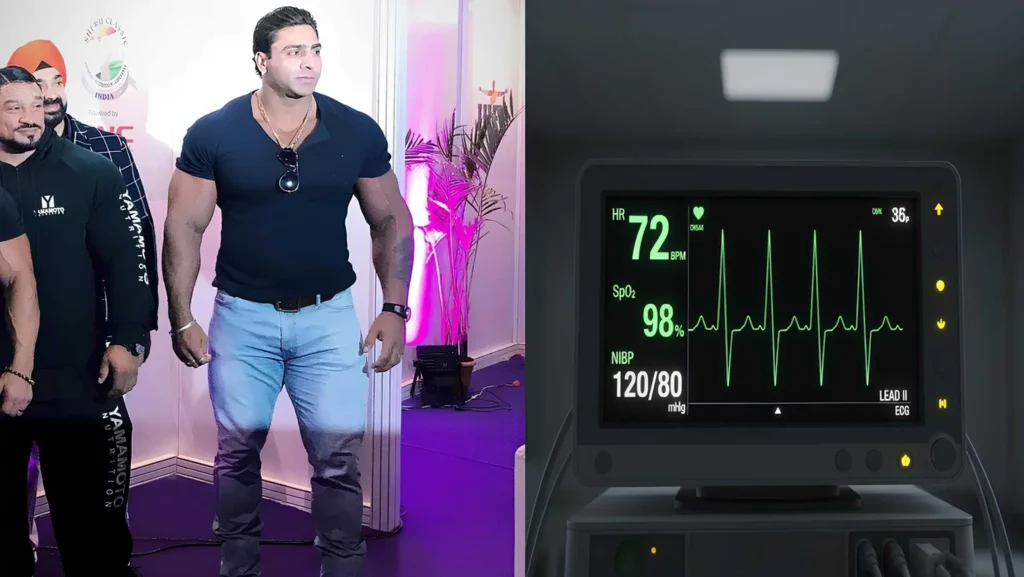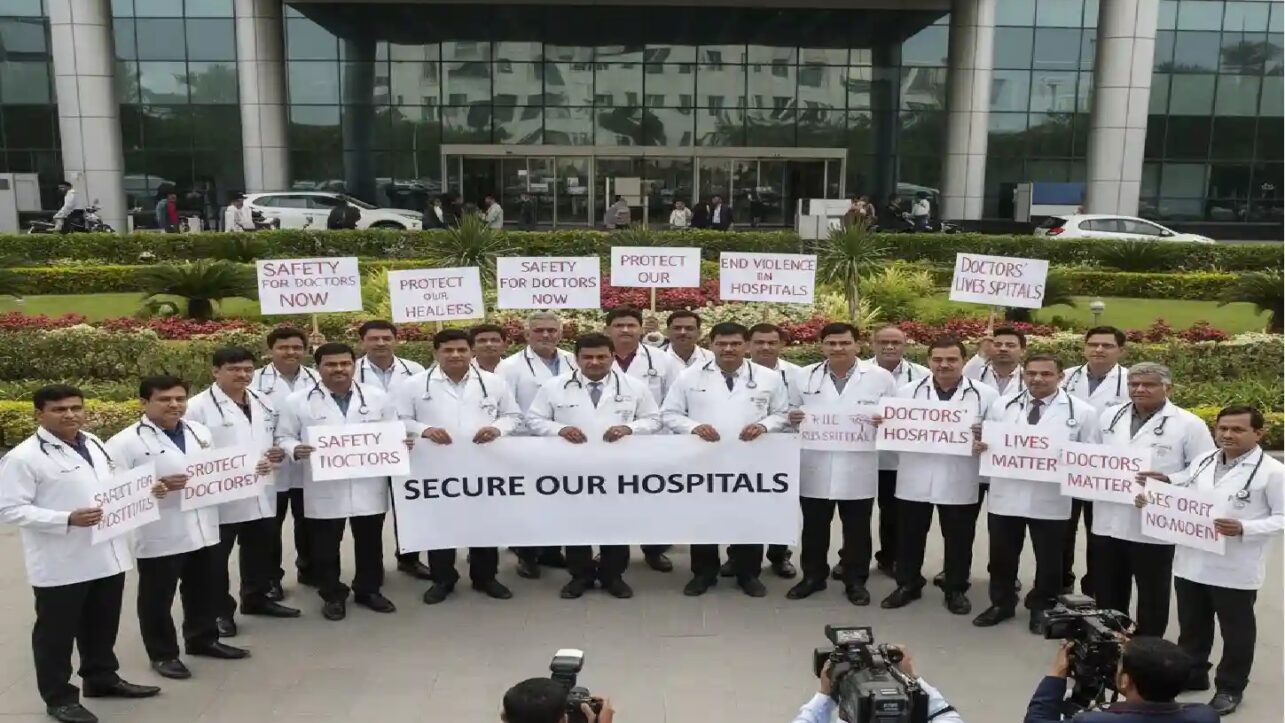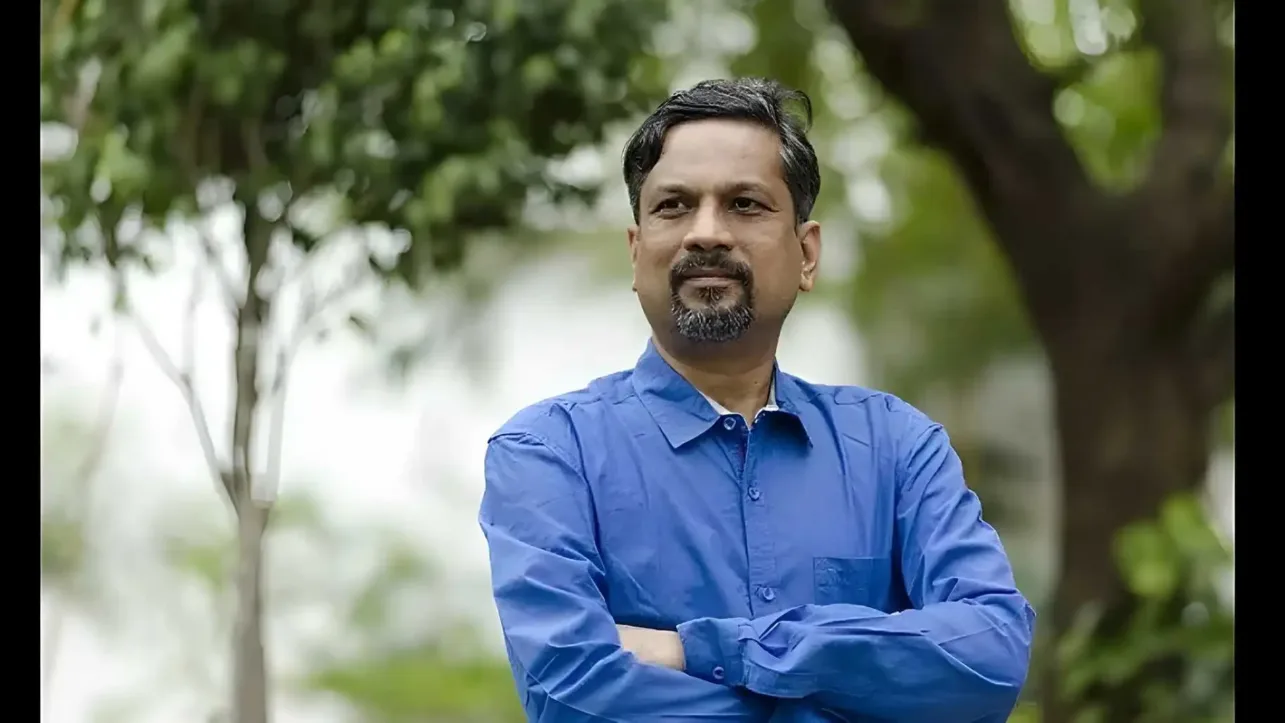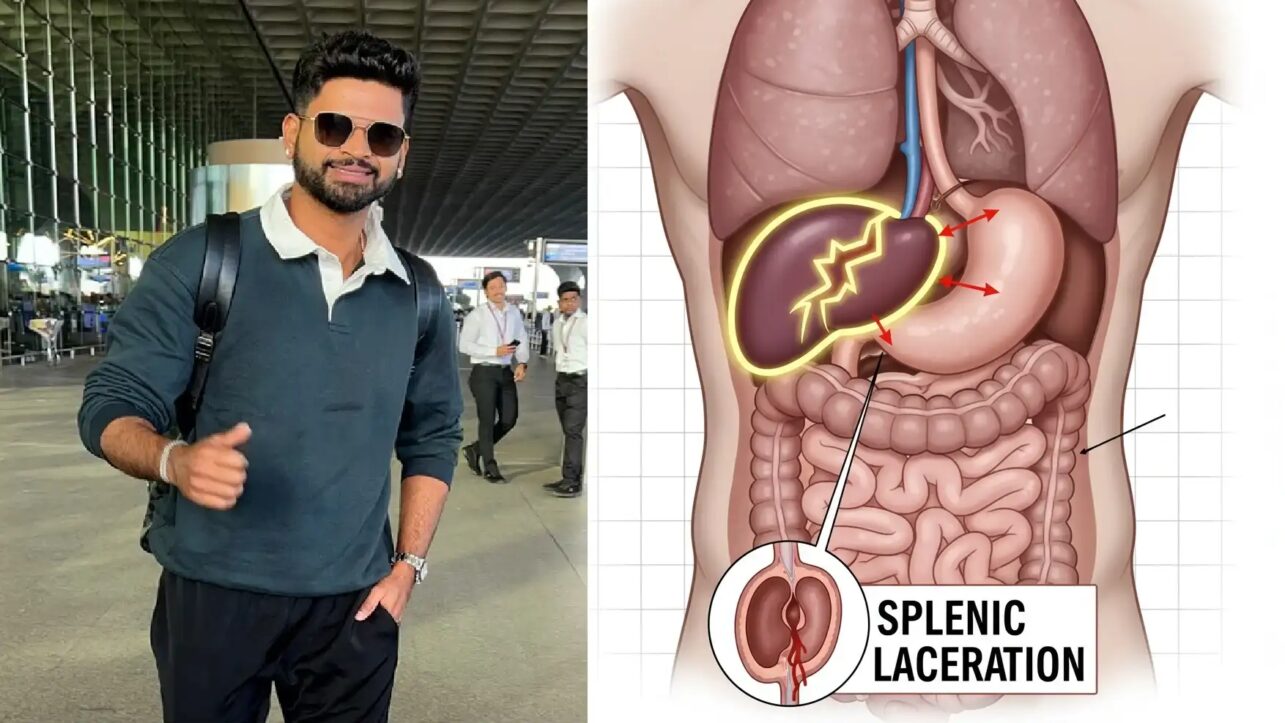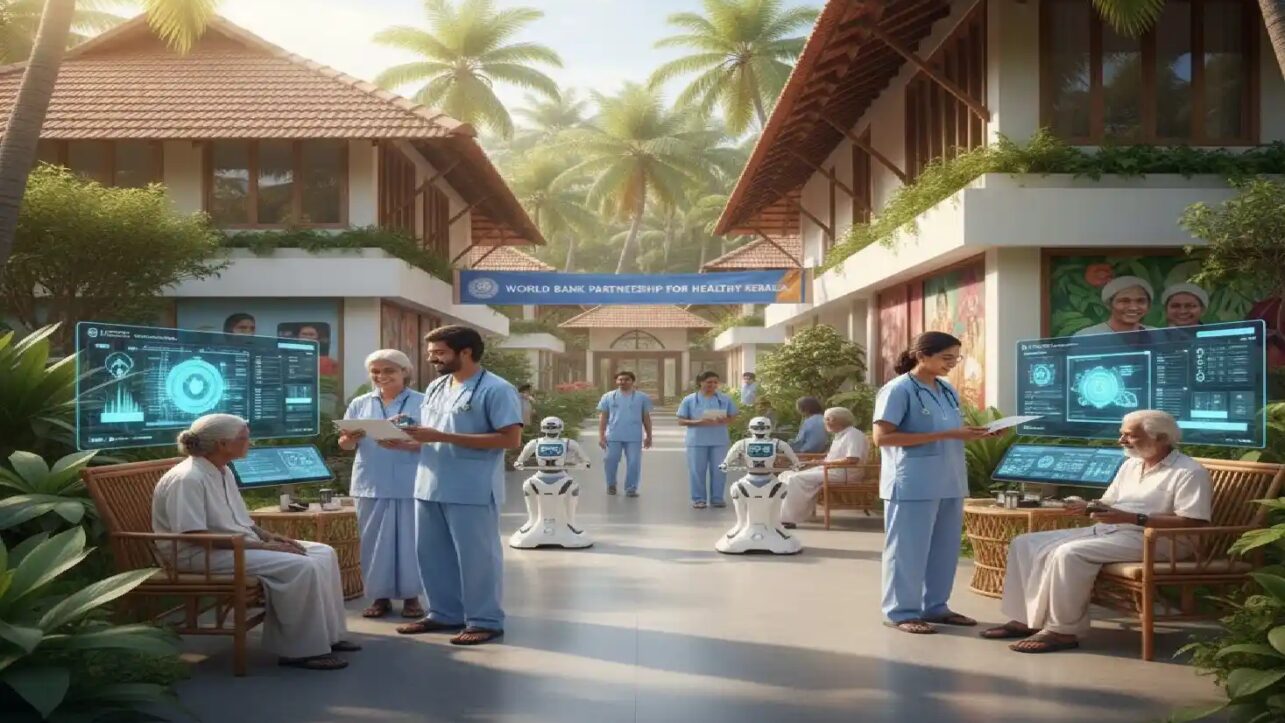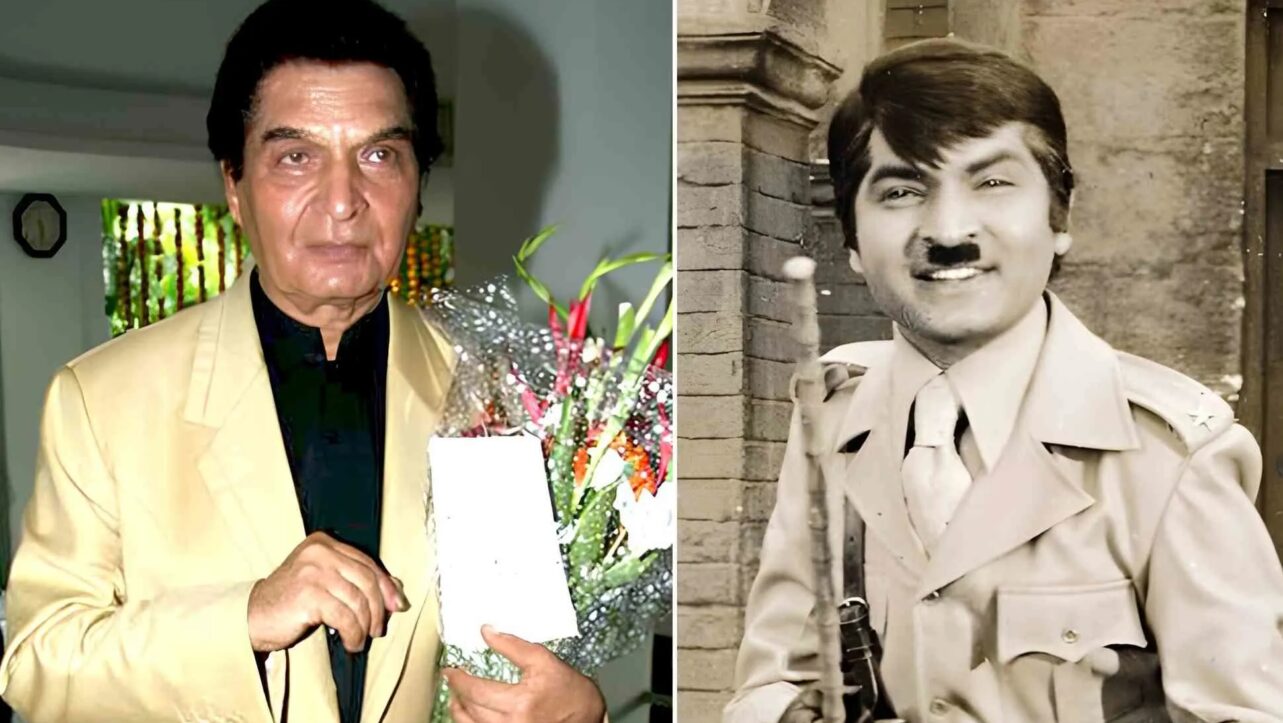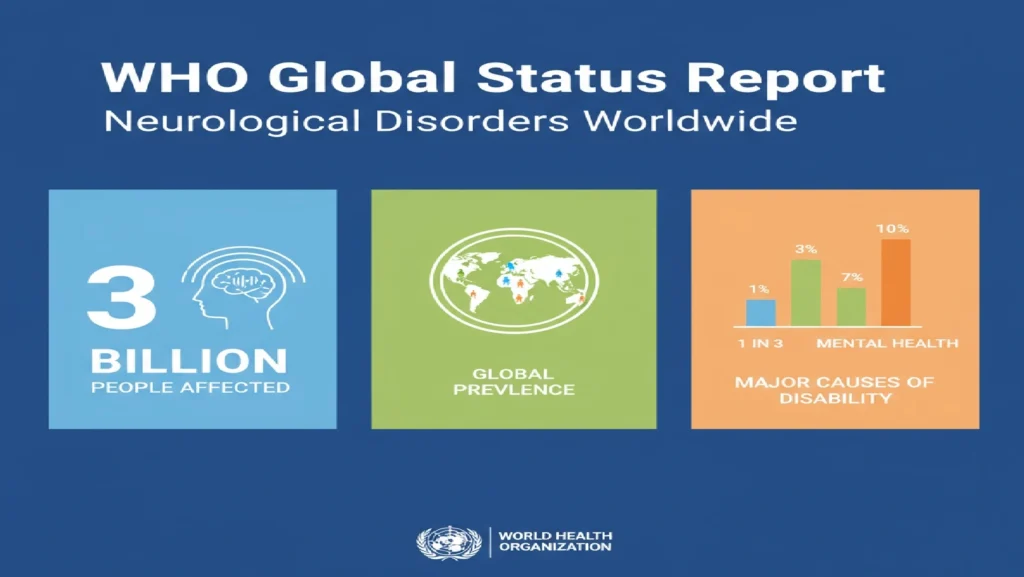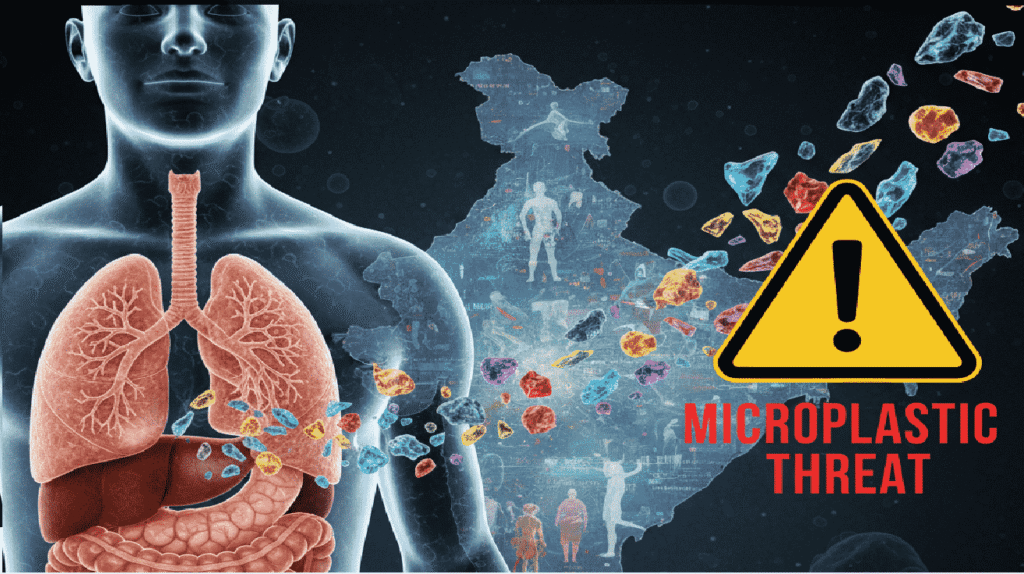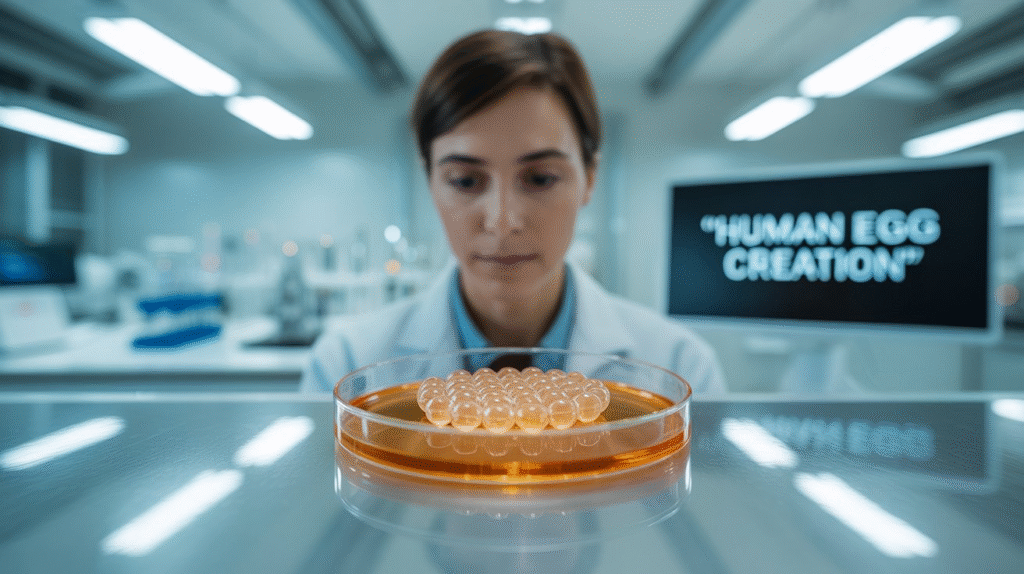Indian bodybuilding icon Varinder Singh Ghuman died from sudden cardiac arrest just 35 minutes after completing routine shoulder surgery on October 9, 2025, at age 42. His shocking death has exposed the hidden cardiovascular dangers professional bodybuilders face when undergoing even minor surgical procedures.
A Routine Surgery Turned Fatal
Varinder Singh Ghuman, India’s first vegetarian professional bodybuilder and 2009 Mr. India winner, visited Fortis Escorts Hospital in Amritsar on October 6, 2025, complaining of pain and restricted movement in his right shoulder. After clinical evaluation, doctors recommended arthroscopic rotator cuff repair with biceps tenodesis—a common, minimally invasive procedure typically performed as same-day surgery.
The surgery proceeded smoothly on October 9 under general anesthesia, completing around 3:00 PM with stable vital parameters throughout. Ghuman had no known pre-existing health conditions, and doctors expected him to be discharged the same day.
However, at approximately 3:35 PM—just 35 minutes after the procedure concluded—Ghuman suddenly developed cardiac arrhythmia. Despite immediate intervention by anesthesia, cardiology, cardiac anesthesia, and critical care teams, all resuscitation efforts failed. He was declared dead at 5:36 PM, less than three hours after his surgery began.
Family Alleges Medical Negligence
The following day, Ghuman’s family and friends staged a protest outside Fortis Hospital, demanding access to operation theatre footage and complete medical records. In viral videos, his supporters claimed Ghuman’s body had turned blue, suggesting possible medical mishandling.
The hospital released an official statement expressing deep regret and extending condolences, while maintaining that the surgery was “uneventful” and all protocols were followed.
The Hidden Cardiovascular Risks Bodybuilders Face
Ghuman’s sudden death highlights a critical but often overlooked danger: professional bodybuilders carry significantly elevated cardiovascular risks during surgical procedures, even when they appear outwardly healthy.
Dr. Sudhir Kumar, a renowned neurologist, explained that “a sculpted body does not always equal a healthy heart.” He emphasized that bodybuilders—particularly those with extraordinary muscle mass—may harbor silent cardiovascular vulnerabilities that become deadly when combined with the stress of anesthesia and surgery.
Key Risk Factors
Cardiac Arrhythmia and Sudden Death
Sudden cardiac arrhythmia—an electrical malfunction of the heart—can strike without warning and is a leading cause of death in young athletes and bodybuilders. This condition often goes undetected until a triggering event, such as general anesthesia, unmasks the underlying instability.
Increased Heart Workload
Massive muscle bulk dramatically increases the heart’s workload. The cardiovascular system must pump blood to significantly enlarged muscle mass, creating chronic stress on the heart even in the absence of performance-enhancing drug use.
Anabolic Steroid Impact
If present, anabolic steroids can cause abnormal heart enlargement (cardiomegaly), cardiac tissue scarring, dangerous rhythm disturbances, and premature atherosclerosis—all of which compound surgical risks.
Surgical Stress
Surgery places additional burden on the cardiovascular system, sometimes triggering fatal arrhythmias in hearts already compromised by the physical demands of professional bodybuilding.
Professional Bodybuilders Face Five Times Higher Cardiac Death Risk
A groundbreaking 2025 study published in the European Heart Journal found that professional male bodybuilders face a fivefold increased risk of sudden cardiac death compared to amateur bodybuilders.
The research revealed that the overall incidence of sudden cardiac death in professional bodybuilders was 193.63 per 100,000 athlete-years—more than 14 times higher than the general athletic population.
This alarming statistic underscores why even routine medical procedures can become life-threatening for professional bodybuilders who may unknowingly carry significant cardiac disease.
An Alarming Pattern of Young Bodybuilder Deaths
While deaths specifically during surgery remain rare, the broader pattern of premature cardiac deaths among bodybuilders is deeply concerning. Recent reports indicate that at least six bodybuilders died within a six-month period in 2025 alone.
Notable cases include:
Antonio Souza – Died on stage during a competition in August 2024 from sudden cardiac arrest
Illia Yefimchyk (“The Mutant”) – Died in September 2024 from heart attack at age 36
Neil Currey – IFBB Pro died in 2024 from cardiac complications
Justyn Vicky – Bali-based trainer died at 33 in July 2023 after emergency surgery following a catastrophic gym accident where 460 pounds collapsed on his neck
Medical Experts Issue Urgent Warning
Dr. Kumar and other medical experts are calling for mandatory cardiac screening before any elective surgery for bodybuilders and athletes engaged in extreme training.
“A sculpted body does not always equal a healthy heart. Regular health check-ups, especially for those engaged in high-intensity training or considering elective surgery, are essential,” Dr. Kumar stated. He added that tragedies like Ghuman’s remind us that “health must be comprehensive, protecting the heart, brain, and body together.“
Recommended Pre-Surgery Screening
Medical experts recommend comprehensive cardiac evaluation including:
- Electrocardiogram (ECG/EKG)
- Echocardiogram (ultrasound of the heart)
- Stress testing
- Complete cardiac history review
- Full disclosure of all supplements and performance-enhancing substances
Honest conversations with doctors about supplement and steroid use are crucial, as these substances significantly impact anesthesia tolerance and surgical risk profiles.
Ghuman’s Legacy and Impact
Born in Gurdaspur, Punjab, Varinder Singh Ghuman stood 6 feet 3 inches tall and competed as a heavyweight in the 120 kg-plus category. Beyond his Mr. India 2009 title and Mr. Asia runner-up finish, he was globally recognized as the world’s first vegetarian professional bodybuilder.
Arnold Schwarzenegger selected Ghuman as the face of his products across Asia in 2013, cementing his international reputation.
Ghuman successfully transitioned to acting, appearing in Kabaddi Once Again (2012), Roar: Tigers of the Sundarbans (2014), Marjaavaan (2019), and notably in Salman Khan’s blockbuster Tiger 3 (2023).
Known for his humility, discipline, and passionate advocacy for vegetarian fitness, Ghuman was fondly called “Punjab’s Ironman.” His sudden death has left an enormous void in both the fitness and film communities.
Bollywood superstar Salman Khan, who worked with Ghuman on multiple films, posted a tribute: “Rest in peace praa (brother). Will miss paaji (elder brother)”.
Lessons for the Fitness Community
Ghuman’s tragic death serves as an urgent wake-up call:
- External strength does not guarantee internal health
- Cardiac screening should be mandatory before any surgery
- Bodybuilders face significantly elevated surgical risks
- General anesthesia poses unique dangers for athletes with enlarged hearts
- Sudden cardiac events can strike without warning, even in seemingly healthy individuals
- Open disclosure of all supplements and substances is medically critical
Moving Forward
As the bodybuilding world mourns the loss of Varinder Singh Ghuman and reflects on the alarming number of young athletes dying from cardiac events, the fitness community must prioritize comprehensive cardiovascular health alongside aesthetic achievement.
The message from medical experts is clear: muscles alone are not enough. True fitness encompasses a healthy heart, properly functioning cardiovascular system, and regular medical monitoring—especially before undergoing surgical procedures of any kind.
Ghuman’s untimely death may ultimately save lives if it prompts bodybuilders, trainers, and medical professionals to take cardiac screening and pre-surgical evaluation more seriously.

